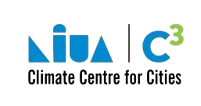
Mai Po Mangroves
Mangroves were used as a key NbS for coastal defense. It is notable example of carbon sequestration, which also enhances community resilience against adverse climatic conditions.

Reviving Arkavathi River
Reviving Arkavathi focuses on restoring wetland health and addressing severe water scarcity impacting local livelihoods in Karnataka. It involved evaluating 41 wetlands using health scorecards across key ecological parameters.

Living Shoreline
The project used terracotta silt traps and mangrove restoration to stabilize embankments, counter sea level rise, and protect vulnerable coastal communities. By fostering natural sediment deposition and vegetation growth, it strengthens climate resilience while safeguarding biodiversity and livelihoods.

Kham River Restoration
The Kham River Restoration in Chhatrapati Sambhajinagar, India, revitalized 11 km of polluted river through ecological restoration, pollution control, community engagement, and social inclusion, transforming it into a vibrant urban asset.
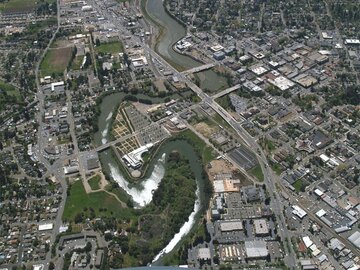
Napa River Flood Protection Project (1998-2012)
The Napa River Flood Protection Project in California uses “Living River Principles” to restore ecosystems, manage floods, and revitalize Napa through levee removal, channel widening, and ecological restoration.
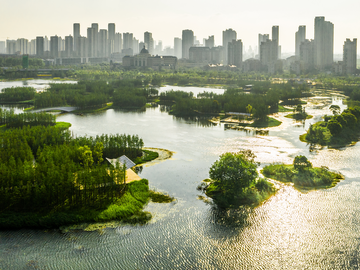
Fish Tail Park
Fish Tail Park in Nanchang, China, restored a degraded site into a flood-resilient ecological park with floating forests, bird habitats, and public amenities as part of the Sponge City initiative.
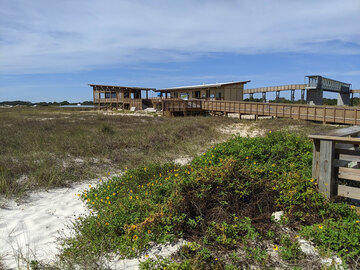
Gulf State Park Master Plan and Phase 1
Gulf State Park’s dune restoration in Alabama proved resilient during Hurricane Sally, showcasing nature-based design for flood protection. Native plantings, community input, and certification efforts enhanced ecological and structural resilience.
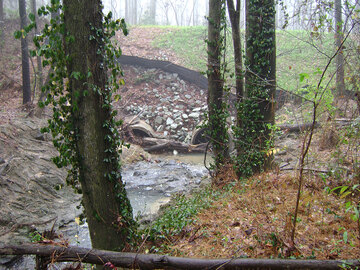
Duke University Water Reclamation Pond
Duke University’s Water Reclamation Pond treats campus runoff, restores degraded streams, supports biodiversity, and supplies water to its chiller plant—reducing potable water use and enhancing ecological and infrastructural resilience.

Wadi Hanifah Comprehensive Development Plan
Wadi Hanifah’s restoration transformed a polluted basin into a 31-mile river park with bioremediation, native landscaping, and public spaces, revitalizing ecosystems and Riyadh’s urban resilience through sustainable planning.
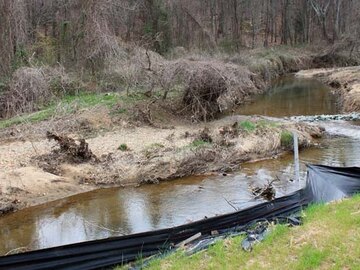
Meadow Creek Stream Restoration
Meadow Creek’s 1.4-mile restoration in Charlottesville reconnects stream to floodplain, reduces erosion, enhances habitat, and protects 72 acres—including 40 acres of new parkland—within the Chesapeake Bay watershed.

